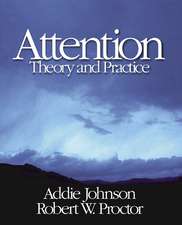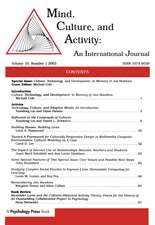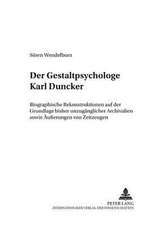Unifying Computing and Cognition
Autor J. Gerard Wolffen Limba Engleză Paperback – 31 ian 2006
Preț: 611.15 lei
Preț vechi: 671.59 lei
-9% Nou
Puncte Express: 917
Preț estimativ în valută:
116.94€ • 122.10$ • 96.79£
116.94€ • 122.10$ • 96.79£
Carte disponibilă
Livrare economică 15-29 martie
Preluare comenzi: 021 569.72.76
Specificații
ISBN-13: 9780955072611
ISBN-10: 0955072611
Pagini: 472
Ilustrații: 1
Dimensiuni: 210 x 297 x 24 mm
Greutate: 1.12 kg
Editura: Cognitionresearch.Org.UK
Locul publicării:United Kingdom
ISBN-10: 0955072611
Pagini: 472
Ilustrații: 1
Dimensiuni: 210 x 297 x 24 mm
Greutate: 1.12 kg
Editura: Cognitionresearch.Org.UK
Locul publicării:United Kingdom


























